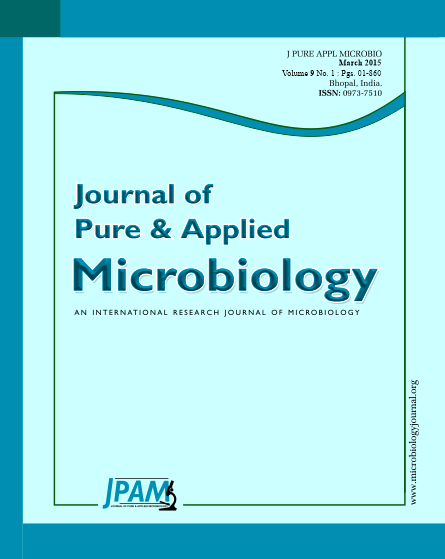The broad-spectrum polyketide antibiotic 2,4-diacetylphloroglucinol (2,4-DAPG) is a major determinant of the ability of the biocontrol agent Pseudomonas fluorescens 2P24 to exert its suppressive activities towards a variety of soil-borne plant pathogens. Previously, we demonstrated that dysfunction of the transcriptional regulator OmpR of the two-component regulatory system EnvZ/OmpR resulted in elevated 2,4-DAPG production in P. fluorescens 2P24. Herein, we provide evidence that OmpR might regulate the transcriptional activity of the hydrolase phlG to influence the intracellular concentrations of 2,4-DAPG. The OmpR deletion mutant PM1102 showed increased transcriptional activity (60%) at the promoter of the phlACBD locus and elevated intracellular concentrations (two-fold) of 2,4-DAPG. A subsequent promoter assay for phlH in PM1102 and for phlG in PM1103 (phlH-) showed a negative regulatory relationship for ompR on phlH and for phlH on phlG. Additionally, we used EMSA to establish the direct binding of OmpR to the ompR promoter region and the indirect regulatory relationship of OmpR on phlACBD and phlH transcription. Based on these findings, we propose that OmpR influences the intracellular concentrations of 2,4-DAPG by regulating the transcriptional activity of the hydrolase phlG in P. fluorescens 2P24.
Pseudomonas fluorescens, 2,4-diacetylphloroglucinol (2,4-DAPG), OmpR, PhlG
© The Author(s) 2015. Open Access. This article is distributed under the terms of the Creative Commons Attribution 4.0 International License which permits unrestricted use, sharing, distribution, and reproduction in any medium, provided you give appropriate credit to the original author(s) and the source, provide a link to the Creative Commons license, and indicate if changes were made.


